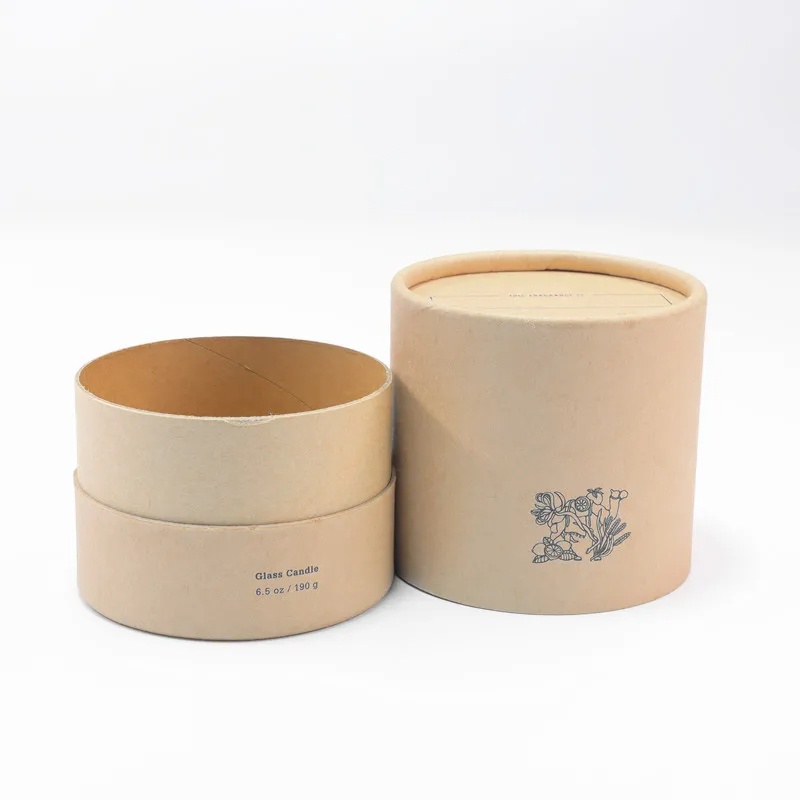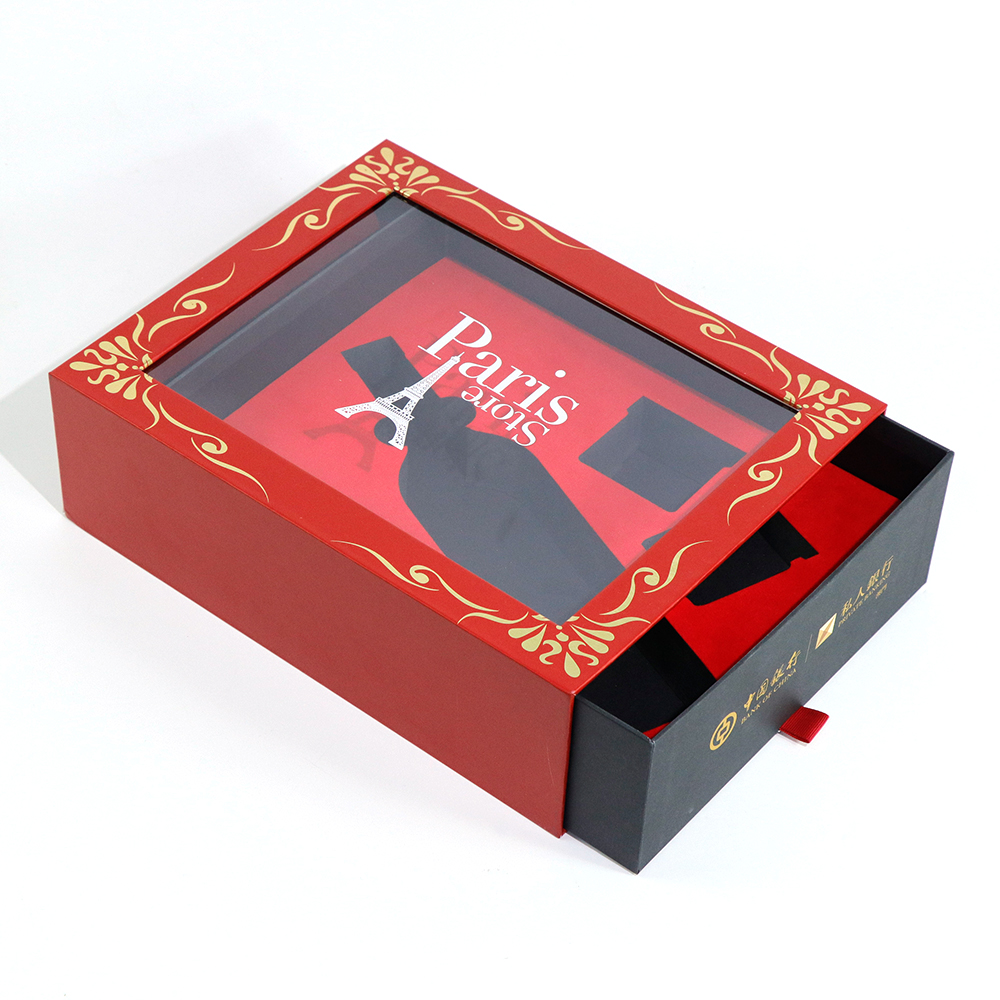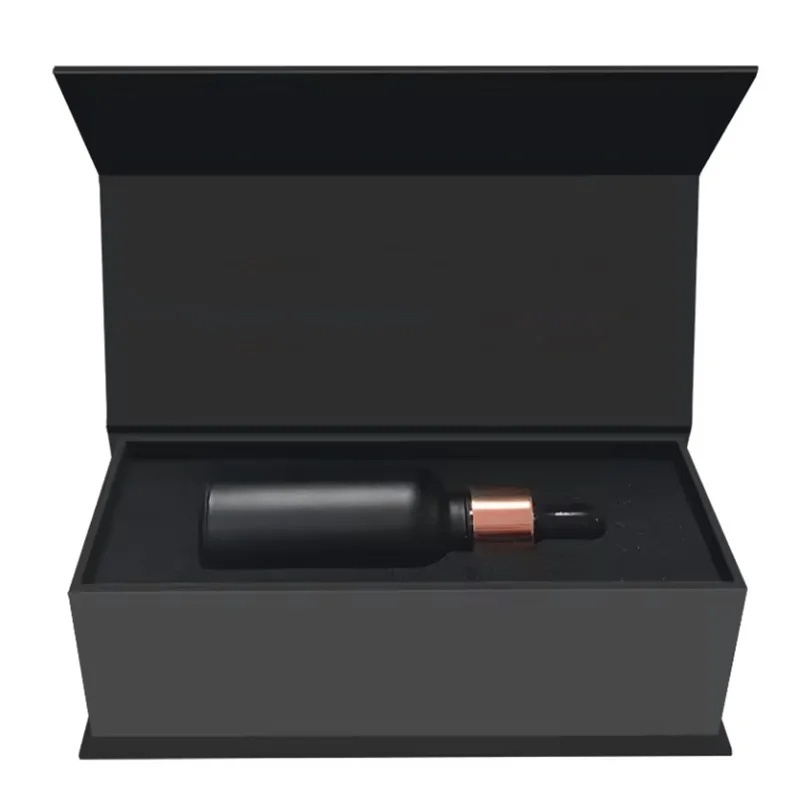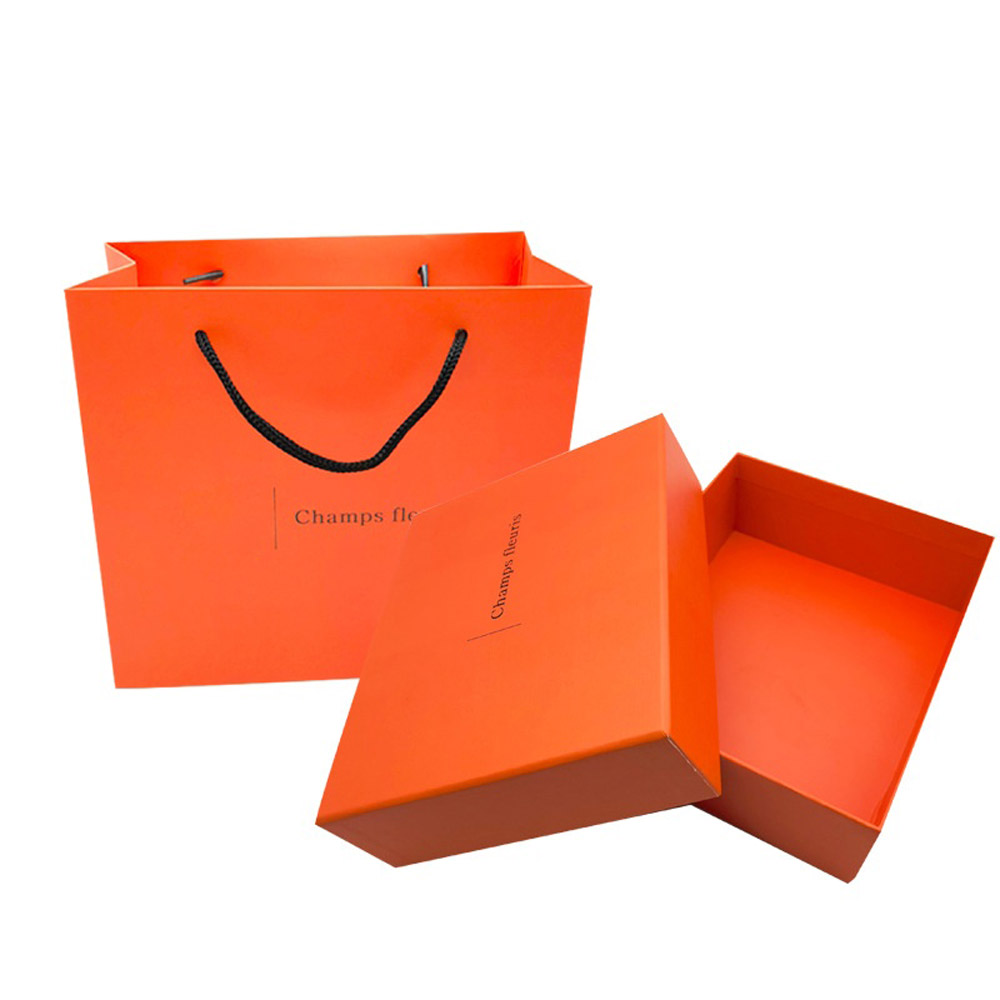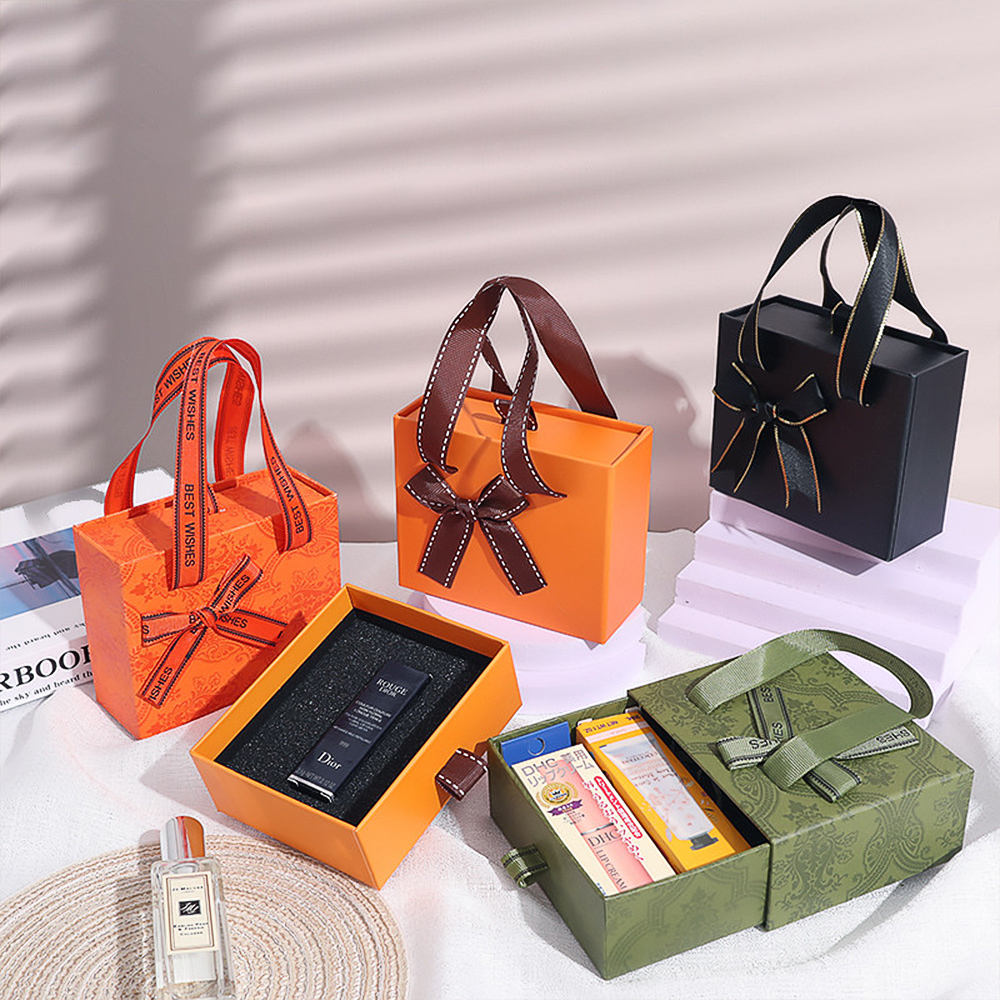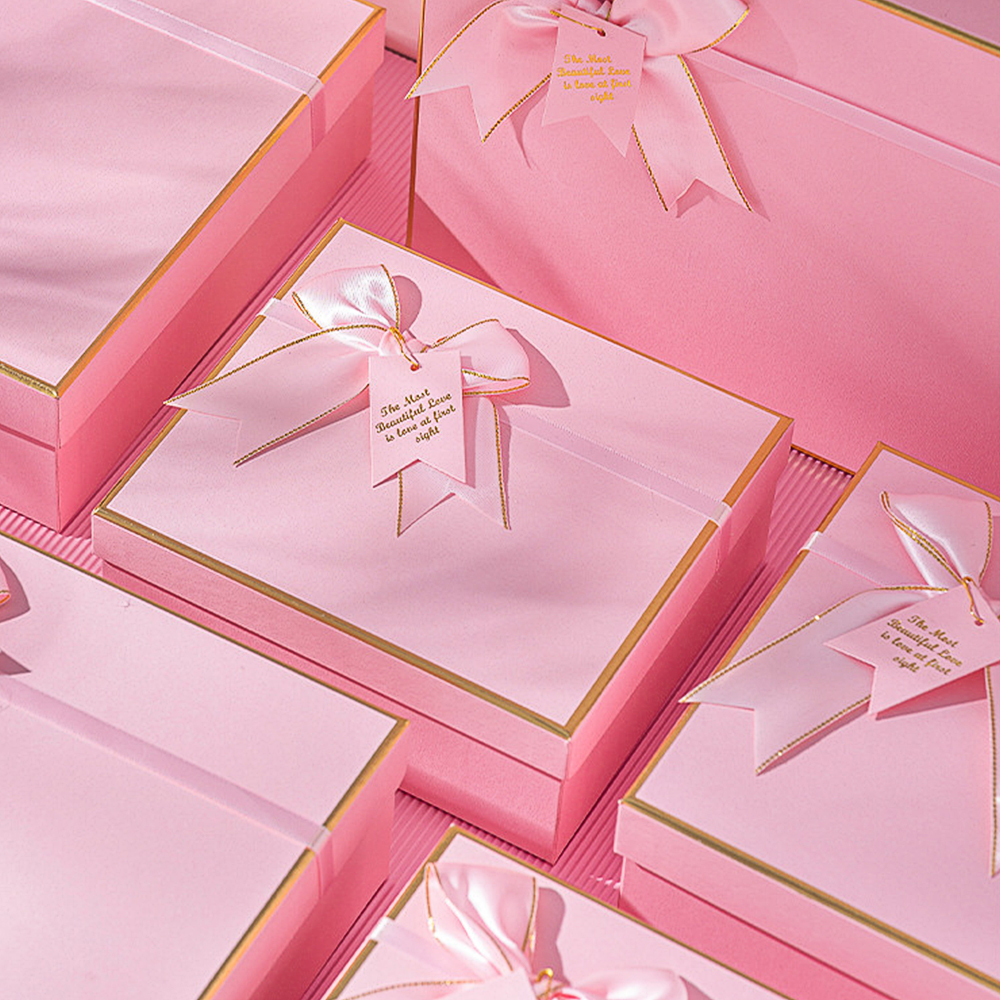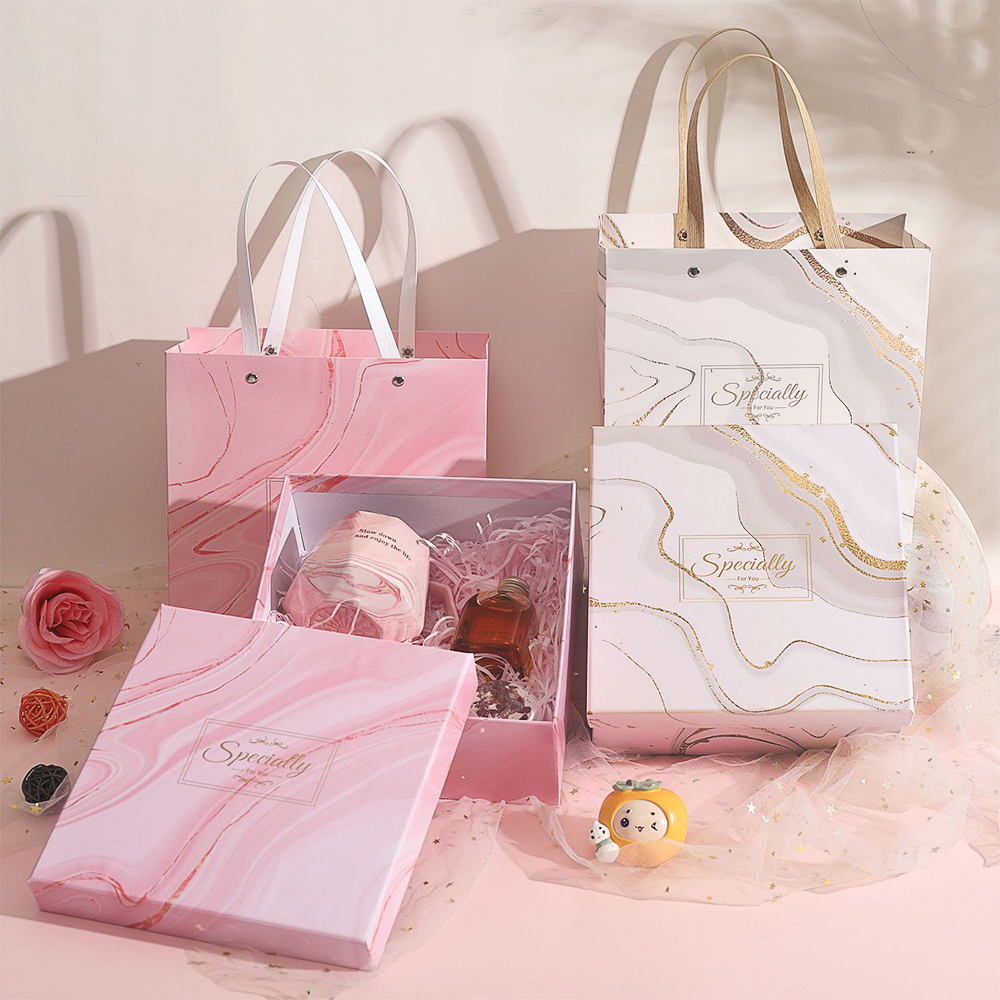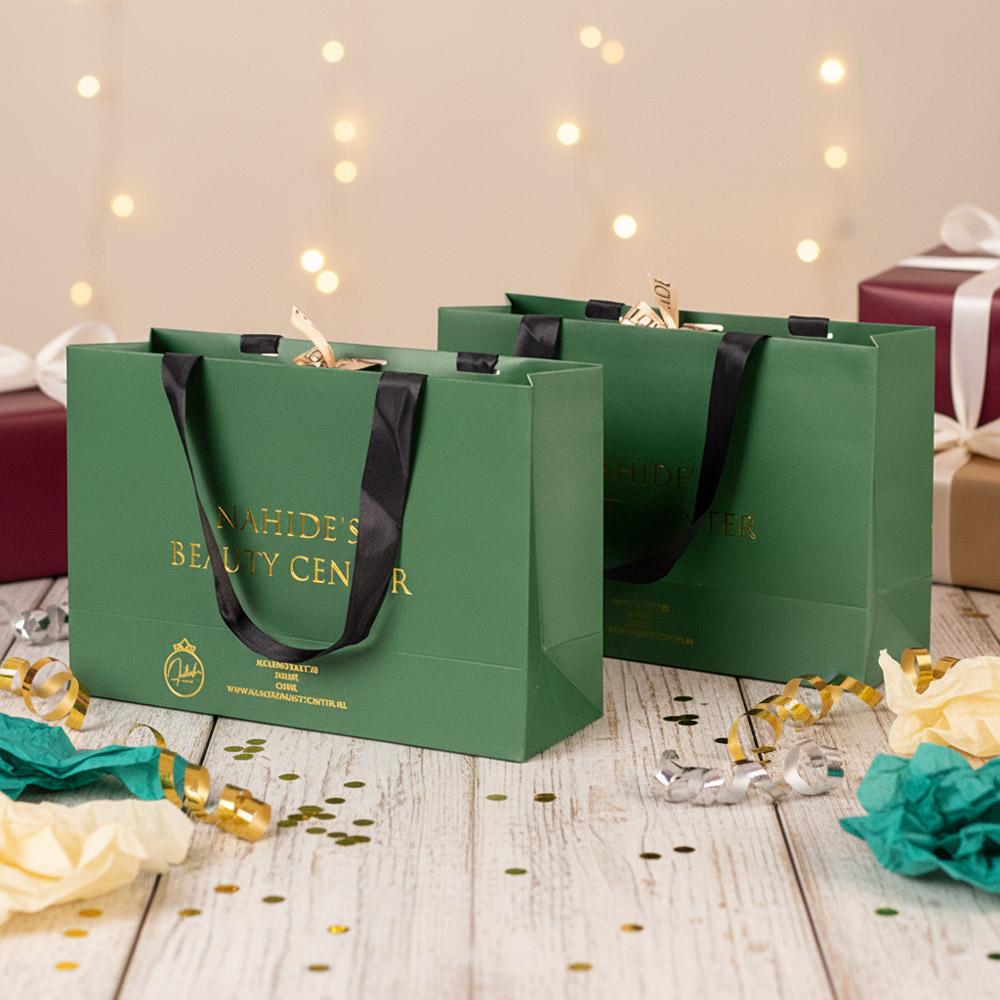Resumo
Na nova era do consumo, em que a digitalização e a proteção ambiental estão interligadas, a embalagem evoluiu de uma simples ferramenta de proteção do produto para um suporte essencial da estratégia da marca. Este artigo analisa seis dimensões: ressonância emocional, experiência sensorial, inovação funcional, sustentabilidade ambiental, tecnologia inteligente e personalização, para revelar como as embalagens inovadoras podem reconstruir a cognição do consumidor através da experiência de unboxing e impulsionar o crescimento do valor da marca. A investigação mostra que 72% dos consumidores aumentarão a sua vontade de voltar a comprar devido a uma experiência de unboxing de alta qualidade, e as marcas que utilizam embalagens amigas do ambiente têm um aumento médio de vendas de 28%. Combinado com casos internacionais como a Apple e a Dyson, este artigo explora a forma como o design de embalagens pode tornar-se uma ponte para as marcas e os consumidores estabelecerem uma ligação profunda.
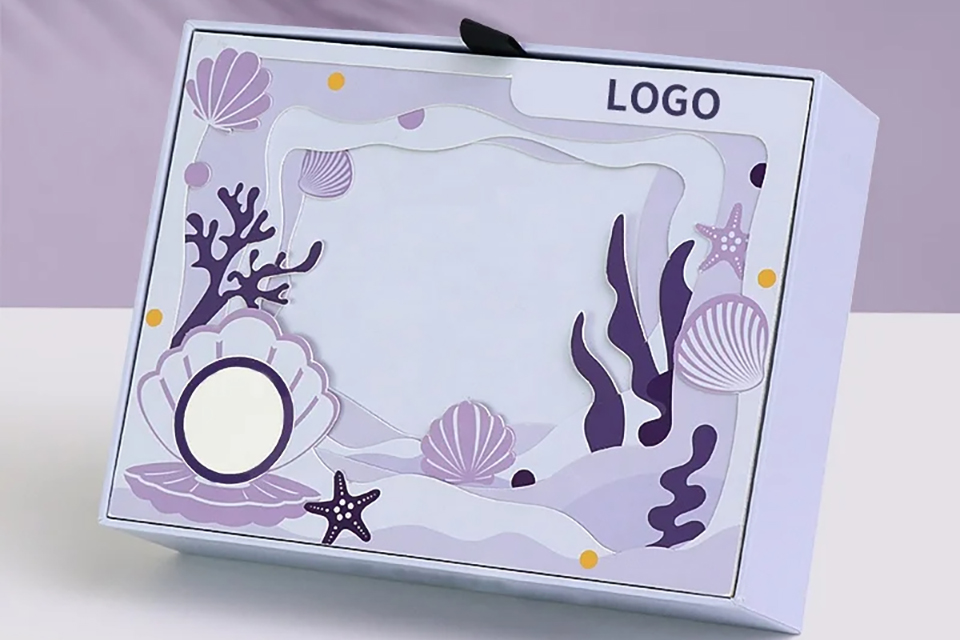
1. Ressonância emocional: a experiência de unboxing constrói uma pirâmide de identidade da marca
As embalagens inovadoras estimulam a ressonância emocional através de um design narrativo, tornando a abertura da caixa num ponto de ancoragem para a memória da marca. A caixa de perfume de viagem da Louis Vuitton transforma o processo de abertura numa experiência ritual através da tecnologia de gravação em metal e do design magnético de abertura e fecho. Este design aumenta a taxa de retenção do consumidor em 40%. A investigação neurocientífica mostra que os picos de secreção de dopamina ocorrem frequentemente quando um compartimento escondido é desmontado ou quando se encontra um cartão escrito à mão, o que constitui a lógica subjacente às chávenas de edição limitada de férias da Starbucks, que vendem mais de 120 milhões de unidades por ano.
A "regra do pico-fim" em psicologia é confirmada aqui - a impressão que os consumidores têm de uma marca é determinada pela experiência de pico (como a surpresa de desembalar) e o valor final (utilização do produto). A embalagem do secador de cabelo Dyson tem um modelo dinâmico incorporado do princípio do produto, que transforma as explicações técnicas em diversão de exploração, aumentando a aceitação do prémio do produto em 60%.
2. Revolução sensorial: Os cinco sentidos trabalham em conjunto para criar uma matriz de experiência imersiva
O design moderno de embalagens ultrapassou a dimensão visual e construiu um sistema de "marketing dos cinco sentidos":
- Impacto visual: A cor anual da Pantone e a tecnologia de impressão de cores gradientes aumentaram a taxa de conversão de desembalagem da marca de beleza Fenty Beauty em 35%
- Memória tátil: O perfume Issey Miyake utiliza papel reciclado enrugado, e o tempo de retenção tátil é 3 vezes superior ao das embalagens normais
- Conceção auditiva: O som de fricção dos grãos de madeira quando o Hennessy XO caixa de vinho é aberto é ajustado pelo laboratório de acústica para melhorar a perceção da qualidade
- O despertar do olfato: Jo Malone utiliza a tecnologia de microcápsulas para libertar instantaneamente a fragrância de topo ao abrir a caixa
- Sugestão de sabor: O papel de alumínio dourado comestível que reveste as embalagens de chocolate Godiva aumenta a expetativa de sabor em 50%
Os dados de neuromarketing mostram que a sinergia multissensorial pode aumentar a taxa de retenção da memória da marca em 80%, que é a chave para as vendas anuais da caixa de presente do calendário de Natal da Dior, que excedem mil milhões de euros.
3. Evolução funcional: das necessidades de proteção às soluções de cenário
A inovação funcional das embalagens apresenta três grandes tendências:
- Reconstrução do espaço: O conjunto de viagem MUJI adopta um design dobrável e de encaixe, com uma taxa de compressão de volume de 3:1
- Utilização secundária: A embalagem do sabonete de champô Lush pode ser convertida em vasos de flores, aumentando o valor do ciclo de vida do cliente em 200%
- Proteção inteligente: As caixas da cadeia de frio SF estão equipadas com chips de sensores de controlo de temperatura e a taxa de danos é reduzida de 12% para 0,7%
A "Frustration-Free Packaging" da Amazon reduziu a taxa de devoluções e trocas em 26% através do design do fecho de correr fácil de rasgar e ganhou o prémio iF Design Gold Award alemão de 2024. Esta mudança de "estetização funcional" confirma a filosofia de design de Antoine de Saint-Exupéry de que "a perfeição vem da irredutibilidade".
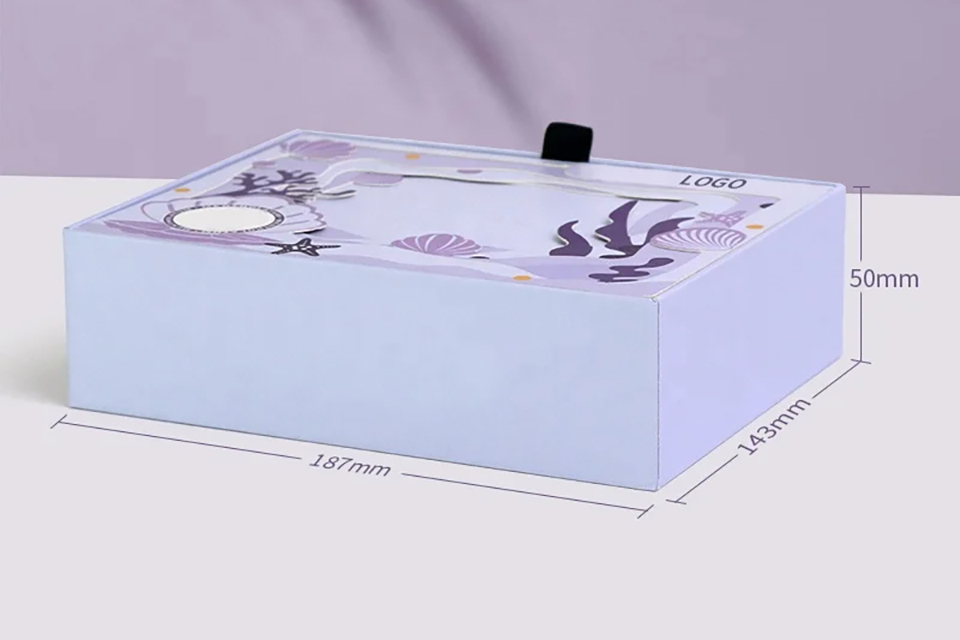
4. O despertar verde: Embalagens ecológicas reconstroem a ética do consumidor
Prevê-se que o mercado global de embalagens ecológicas atinja os $306,7 mil milhões de dólares em 2027 (dados Statista), e a inovação apresenta três vias principais:
- Revolução dos materiais: Adidas e Parley cooperam no domínio dos desportos marinhos de plástico caixas de sapatos, reduzindo a pegada de carbono em 65%
- Otimização estrutural: A IKEA utiliza cartão alveolar em vez de espuma EPS e a taxa de danos no transporte diminui em 18%
- Sistema Circular: A embalagem reciclável da plataforma de compras em circuito aumenta a adesão dos clientes em 3 vezes
É de salientar que o "Regulamento sobre Embalagens e Resíduos de Embalagens" da UE exige que todas as embalagens sejam recicláveis até 2030, o que obriga as marcas a acelerar a inovação. O plano "Lifetime Packaging" da Patagonia, através de um sistema de depósito, alcançou uma taxa de reutilização de embalagens de 92%, interpretando na perfeição o novo conceito do consumidor de "sustentabilidade é luxo".
5. Capacitação digital: As embalagens inteligentes abrem uma nova era de interação
A tecnologia IoT promove a evolução das embalagens:
- Rastreabilidade melhorada: O código QR da cadeia de blocos reduz a taxa de contrafação do vinho tinto francês de 15% para 0,3%
- Experiência em AR: A embalagem AR da Absolut Vodka faz com que o tutorial de cocktails seja clicado mais de 200 milhões de vezes
- Recolha de dados: A etiqueta inteligente da Nestlé monitoriza o ambiente de armazenamento de leite em pó em tempo real e a taxa de reclamações dos clientes desce 40%
De acordo com a IDC, 30% de embalagens de luxo terão chips NFC incorporados em 2025. A embalagem digital para passaportes desenvolvida pela Gucci e pela Google não só obtém a certificação anti-falsificação, como também impulsiona o crescimento das vendas online em 58% através da experiência wearable Metaverse.
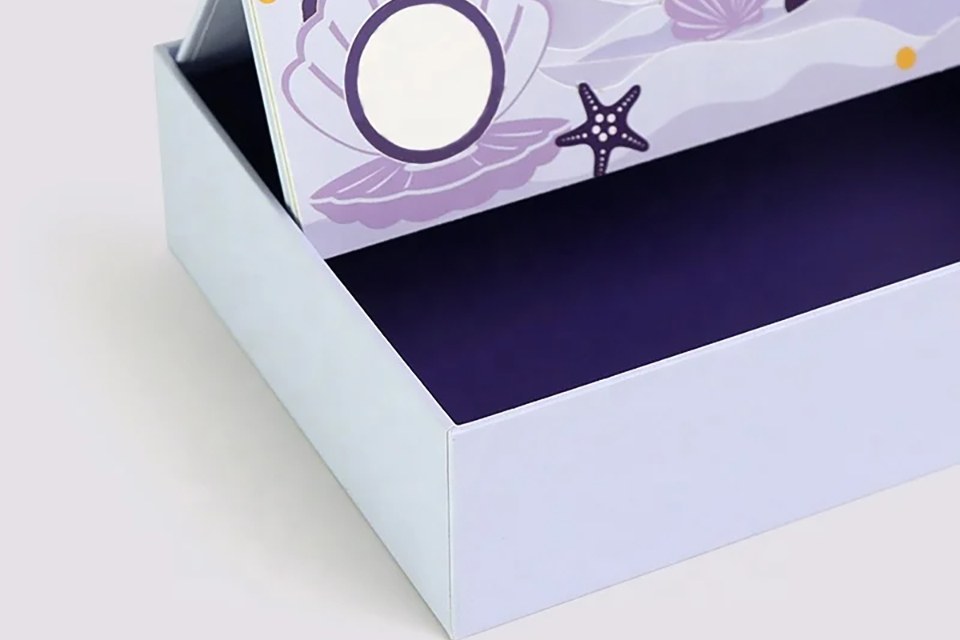
6. Expressão da personalidade: as embalagens personalizadas promovem a democratização do consumo
A tecnologia de impressão flexível reduz o custo da personalização de pequenos lotes em 80%:
- Personalização emocional: Embalagem do colchão Casper imprime histórias de sonho dos clientes, valor NPS aumenta 47 pontos
- Personalização funcional: A caixa de sapatos Nike By You tem um módulo de acompanhamento de dados desportivos integrado
- Personalização cultural: O desenho em 3D da lanterna do palácio na caixa de oferta do Festival do Meio outono do Museu do Palácio desencadeia a cisão da comunicação social
Entre a Geração Z, 78% estão dispostos a pagar um prémio por embalagens personalizadas. O serviço de "embalagem selfie" de cosméticos da Glossier permite que os consumidores carreguem fotografias para gerar padrões exclusivos, aumentando o conteúdo gerado pelo utilizador (UGC) em 300%.
Resumo
Quando a experiência de desembalagem se torna um amplificador do valor da marca, o design da embalagem foi elevado ao nível de "infraestrutura estratégica empresarial". Da embalagem de visualização técnica da Dyson ao ecossistema circular da Loop, o design inovador está a reconstruir o triângulo de valor "produto-embalagem-consumidor". Os dados mostram que o custo de aquisição de clientes para as marcas que investem na inovação das embalagens é reduzido em 33% e aumentado em 55%. No futuro, à medida que tecnologias como os materiais biodegradáveis e as embalagens com interface cérebro-computador forem amadurecendo, a experiência de desembalagem evoluirá para uma superinterface que permitirá às marcas e aos consumidores co-criarem valor.



